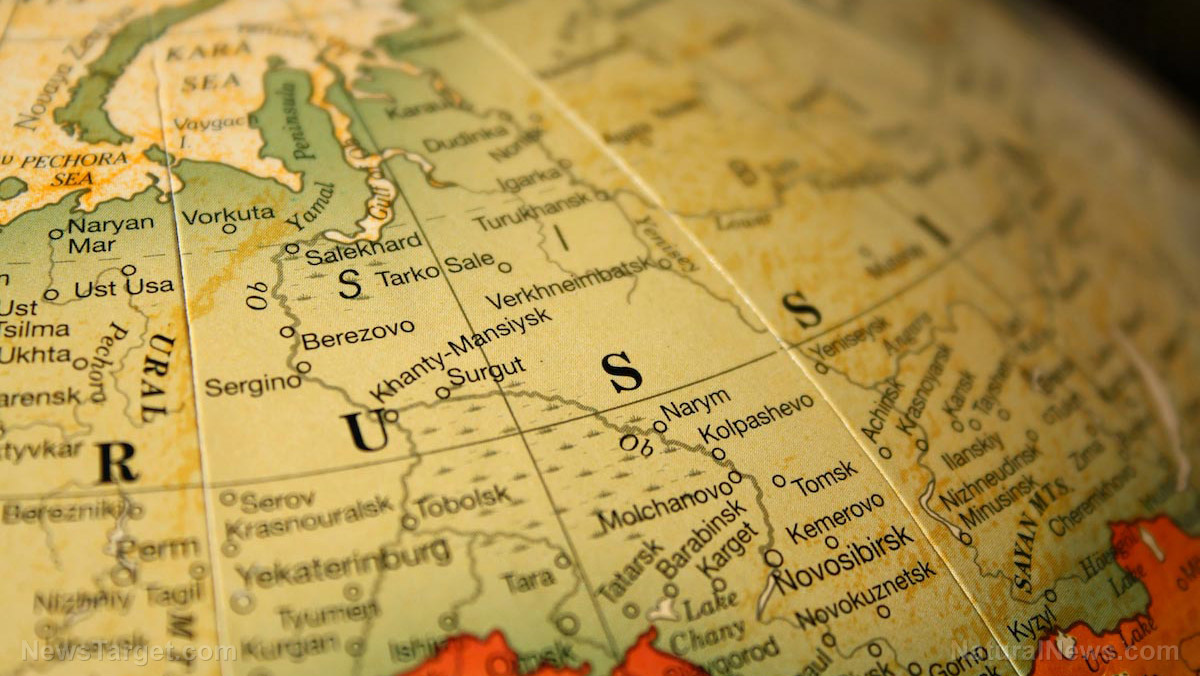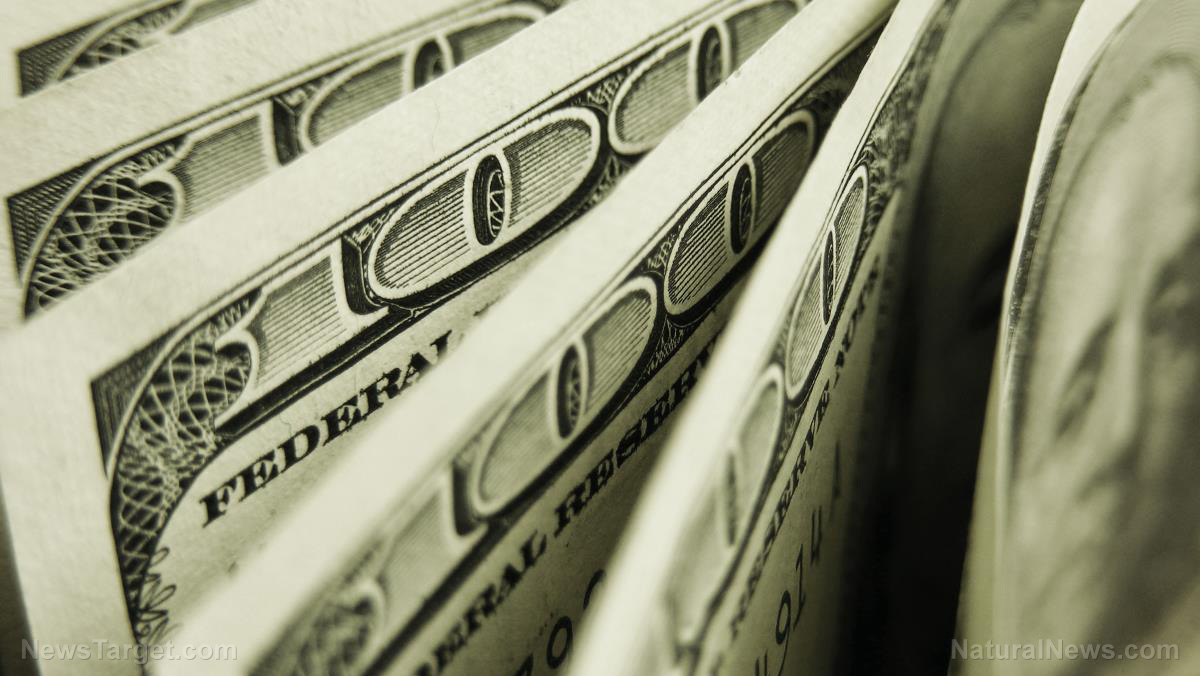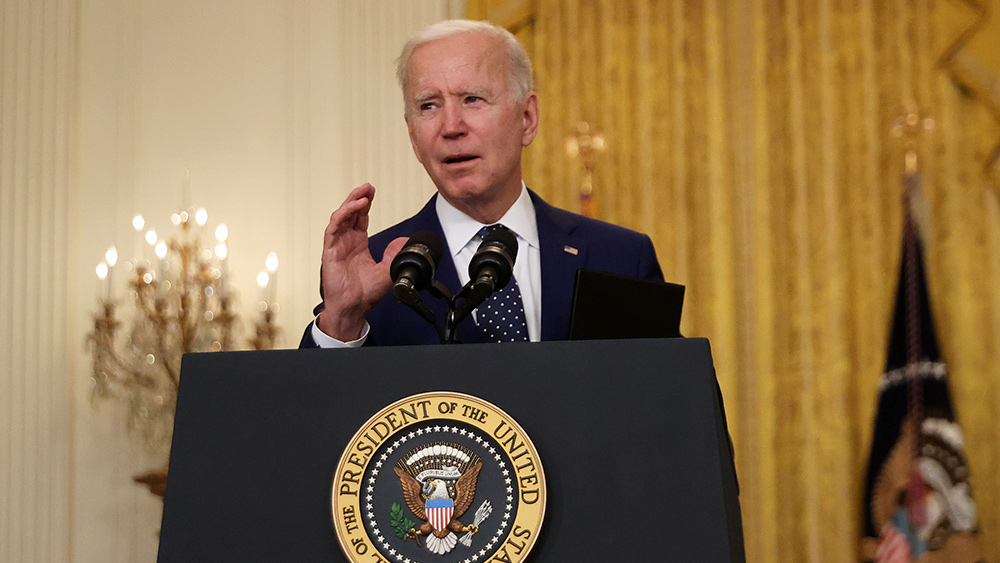U.S., other countries impose sanctions on over 500 Russian economic targets to mark the second anniversary of war in Ukraine
02/26/2024 / By Richard Brown

The United States and other countries have marked the second anniversary of the ongoing war in Ukraine with more sanctions targeting Russia. These sanctions include over 500 targets and will specifically focus on Russia’s military-industrial complex and companies in countries that facilitate Russia’s access to desired goods, according to Deputy U.S. Treasury Secretary Wally Adeyemo.
The move is part of a broader international effort to hold Russia accountable for its actions in the war and the death of opposition leader Alexei Navalny. Adeyemo highlighted that these sanctions are not unilateral, emphasizing that other nations are also taking collective actions against Russia.
The upcoming sanctions package represents the latest in a series of measures against Moscow, reflecting global condemnation of Russia’s 2022 invasion of Ukraine. The announcement of new penalties comes as the U.S. and its allies aim to maintain pressure on Russia.
However, uncertainties surround the approval of additional security assistance for Kyiv by the U.S. Congress.
The Biden administration has already utilized previously approved funds for Ukraine, and a request for additional financial support is currently awaiting consideration in the Republican-controlled House of Representatives.
Adeyemo clarified that the sanctions and export controls are strategically designed to impede Russia’s military efforts in Ukraine, introducing obstacles and making it more challenging for Moscow to pursue its chosen course of action.
The coordinated international response underscores the united front against Russia’s aggression and violations of international norms. Sanctions are a form of punitive measures employed by nations to discourage aggressive actions or violations of international law without resorting to military means.
Biden emphasized that the sanctions would not only focus on Russia’s military and industrial complex but also on individuals associated with Navalny’s imprisonment. The U.K. has also taken additional steps by freezing assets and imposing travel bans on prison officials linked to Navalny’s death.
The announcement builds upon an ongoing trend of sanctions since Russia’s invasion of Ukraine in 2022. The cumulative effect of these sanctions, which now exceeds 16,500, has primarily targeted Russia’s financial resources.
Actions include freezing foreign currency reserves, restricting assets of Russian banks, banning exports of technology for weapon production, halting imports of gold and diamonds, prohibiting flights from Russia and sanctioning oligarchs.
Russia makes more money on oil following Western sanctions
The energy sector, particularly Russia’s oil industry, has been a focal point, with bans on Russian oil and natural gas. (Related: Western sanctions on Russia “seriously underestimated” Moscow’s economic strength.)
Major Western companies have ceased operations in Russia, but challenges persist as some continue business activities. Russia has adapted to sanctions by selling oil above price caps and using alternative routes through a “shadow fleet” of tankers. China’s role in providing alternative hi-tech products has supported Russia’s military production.
The U.S. Treasury asserts that sanctions have reduced Russia’s potential economic growth by five percent in the past two years. However, some experts argue that the sanctions have not inflicted sufficient costs to deter Russia from continuing the conflict in Ukraine.
Reports also indicate that Russia is now making more money on oil than pre-Ukraine invasion. According to Bloomberg, Russia’s net oil revenues hit $11.3 billion as of October. At the same time, the West-imposed economic restrictions on Russia’s economy have effectively reshaped the financial architecture of the world’s oil and maritime trade, shifting it even further away from the U.S. dollar.
What Russia has effectively done in its response to Western sanctions is to divert most of its energy exports to Asia – especially to India, China and Iran.
Watch this video about the U.S. imposing additional sanctions on Russia.
This video is from the Thisisjohnwilliams channel on Brighteon.com.
More related stories:
Despite Western sanctions, Russia’s economy not only survived in 2023 – IT GREW.
HYPOCRISY: U.S. to INCREASE IMPORTS from Russia amid economic sanctions on Moscow.
Sources include:
Submit a correction >>
Tagged Under:
big government, Bubble, Collapse, economic collapse, economic riot, economy, energy report, European Union, finance riot, fuel supply, g7, market crash, money supply, risk, Russia, Russia-Ukraine war, sanctions, supply chain, Ukraine, Western sanctions
This article may contain statements that reflect the opinion of the author
RECENT NEWS & ARTICLES
COPYRIGHT © 2017 INSANITY NEWS




















